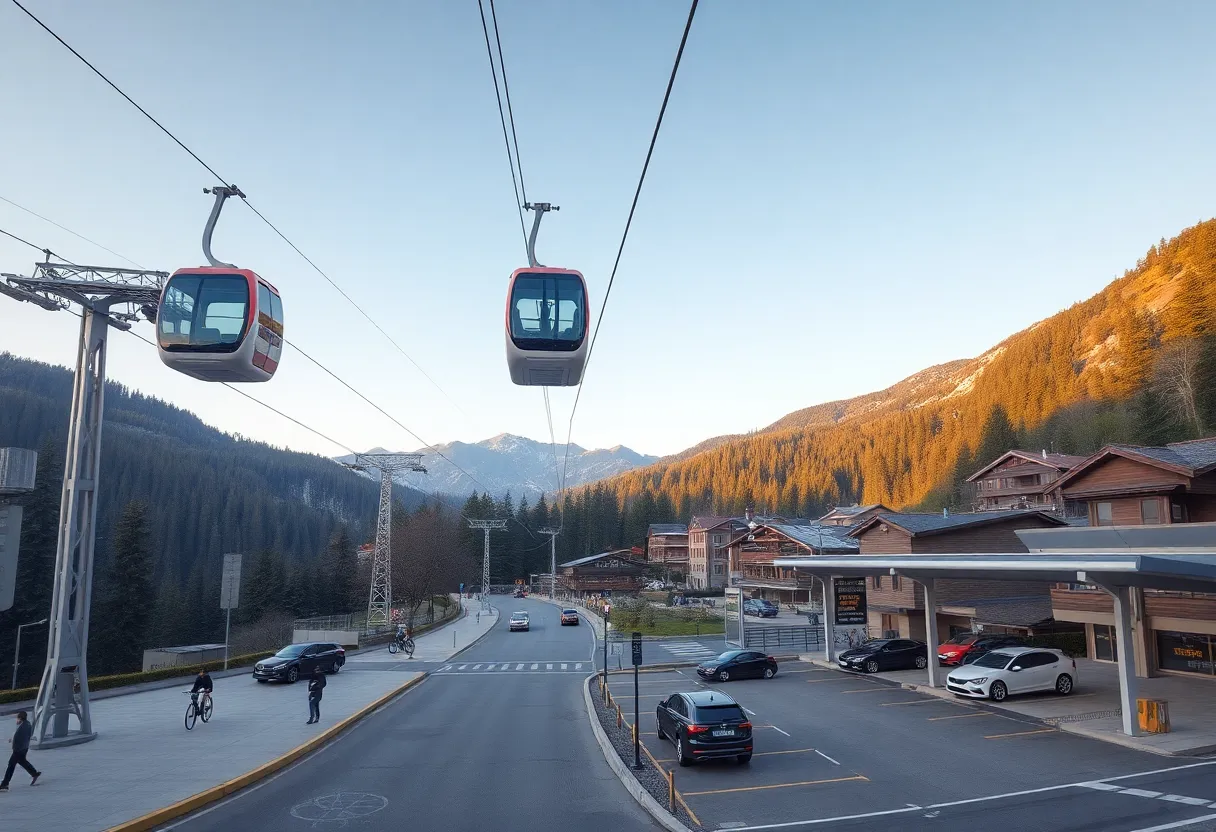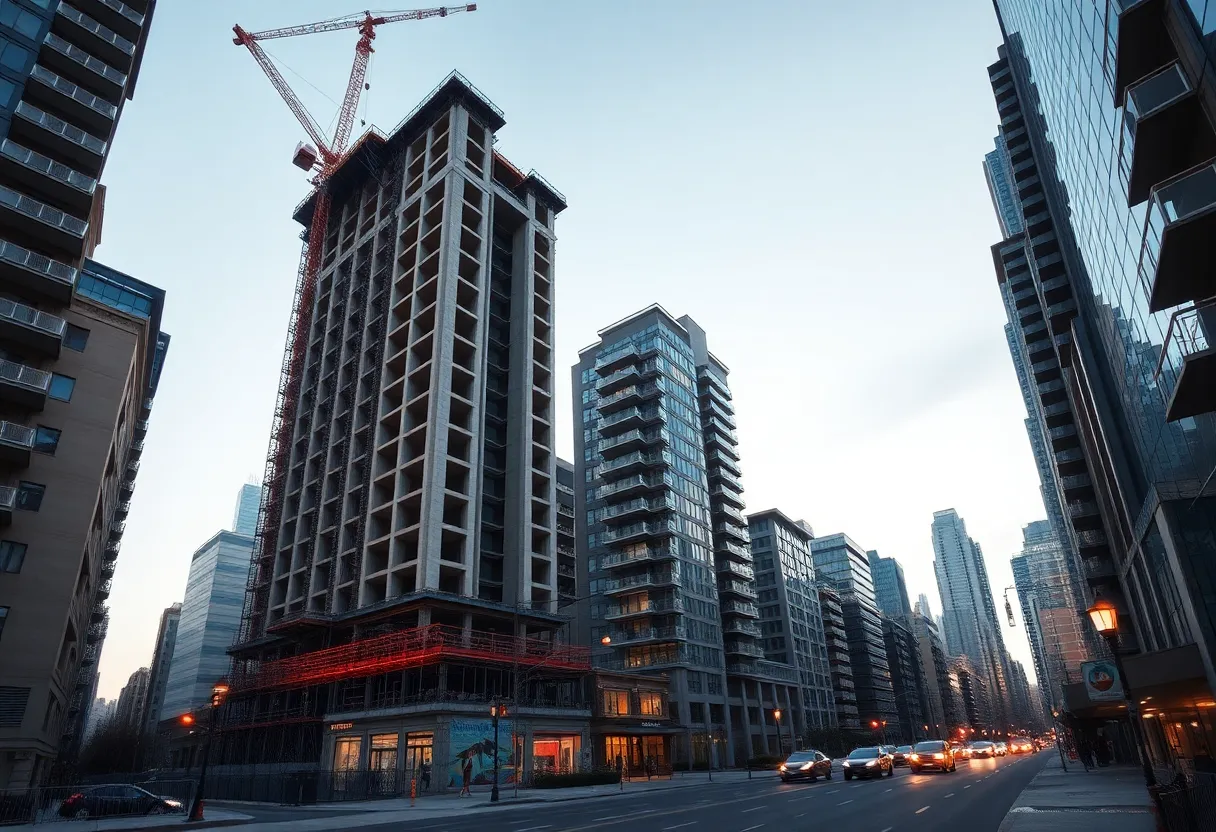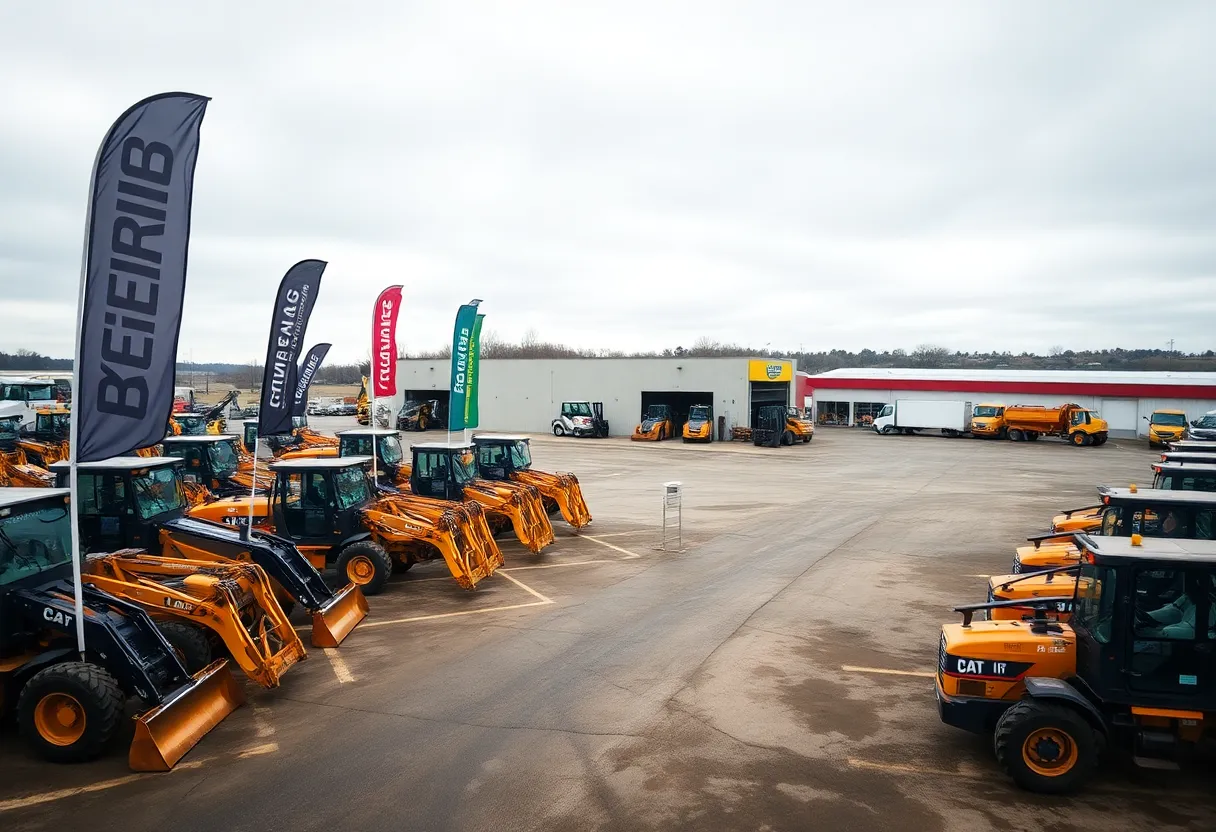Bolzano, South Tyrol, Italy, September 11, 2025
News Summary
South Tyrol’s provincial government has approved updated technical plans and funding for a new Bolzano–Jenesien cable car, moving the project into implementation. The €39.7 million scheme — €31.5 million for construction and €8.2 million for administrative costs — will be largely financed by national recovery funds, with regional and state funds covering the remainder. The approved bicable aerial tramway will use two cabins of about 45 passengers each, three support towers and a valley intermodal hub with covered secure bike and e‑bike parking and a new 60‑space car park. A separate Virgolo cliff design won an architectural competition as a distinct proposal.
South Tyrol government approves updated plan and funding for Bolzano–Jenesien cable car; separate Virgolo design by international architect also reported
The provincial government has approved updated technical specifications and financing for a new Bolzano–Jenesien (Jenesien) cable car, marking a key advance in the region’s sustainable mobility plan. The in-house transport company STA‑Südtiroler Transportstrukturen AG has been tasked with planning and delivering the project, and most construction costs are set to be covered by national recovery funds earmarked for the 2026 fiscal year.
What was approved and how it will be paid for
On 19 August the provincial government approved updated project specifications and gave the green light for financing. Total project costs are estimated at approximately €39.7 million. Of that, about €31.5 million is set aside for construction costs and roughly €8.2 million is allocated for administrative and related expenses.
The bulk of funding — €37.5 million — will be provided by the national Ministry of Infrastructure and Transport from the National Reconstruction and Resilience Fund for the 2026 fiscal year. The remaining approximately €2.2 million will be covered by regional development funds and state contributions.
Key technical and access features
The updated design calls for a bicable aerial tramway linking the existing valley station in Bolzano with a top station in San Genesio. The system will operate with two cabins, each sized to carry about 45 passengers. The maximum throughput is estimated at approximately 350 passengers per hour.
The revised plan has removed a previously proposed mid‑station, slightly shifted the upper route for improved accessibility, and moved the valley station approximately four metres toward the road. The line will pass through the municipalities of Bolzano and San Genesio and will use three towers along the route.
An intermodal approach is central to the project: the valley station will be developed as a hub with connections for pedestrians, cyclists and bus passengers, a new 60‑space parking lot, covered bicycle parking and secure bike/e‑bike storage at both valley and mountain stations. Access to secure bike storage will be tied to a regional access pass system.
Who is leading delivery and what happens next
STA‑Südtiroler Transportstrukturen AG will undertake planning and implementation work following the provincial decision. With funding confirmed from national recovery sources for 2026, next steps include detailed design, permitting and site preparation. Officials presented the updated plan during an on‑site inspection that was photographed in winter 2025.
Separate Virgolo (Virgl) cable‑car design by international firm
Independently of the Jenesien scheme, a separate architectural proposal for a cable link up the steep Virgolo (Virgl) cliff above Bolzano has been widely reported. An international practice won a competition to reestablish public access to the cliff face, where a previous funicular closed in 1976.
The reported design frames the transit system within two large ring or flattened‑sphere structures embedded into the hillside, with the cable running tangentially between them. The scheme includes a compact ride time often described as about one minute and 11 seconds from base to summit and various visitor amenities at the top, including a mountain plaza, a restaurant, café, an infinity pool and spaces for events.
Design reports describe boarding from a base ring near the river and a top ring about 180 metres above the city centre, with panoramic viewing in all directions. Different technical descriptions appear in reporting: one account describes a continuous system of multiple small cars (16 cars with eight passengers each), while other descriptions focus on sculptural rings and integrated public spaces. The design was developed as part of a privately driven development process in partnership with municipal authorities.
How the two plans relate
The Jenesien cable car and the Virgolo design are distinct projects with different sponsors, technical concepts and timelines. The Jenesien plan is a publicly backed, regional mobility investment with confirmed allocation from national recovery funds and a clear delivery lead in STA. The Virgolo proposal stems from a competition and private development interest and has been presented as a high‑profile architectural scheme with separate funding and planning considerations. Reporting on Virgolo includes varied technical details and historical completion expectations that are inconsistent across sources.
Timeline and expectations
With funding earmarked for the 2026 fiscal year and planning assigned to STA, the Jenesien project is positioned to move into detailed design and permitting phases next. The Virgolo scheme remains at the design and competition phase in public reports and would follow separate approval and financing tracks before construction could begin.
Practical impacts for users
Both proposals aim to improve access to alpine terrain from the city and to attract visitors while offering shorter, more sustainable transport links. The Jenesien scheme emphasises intermodal everyday mobility for residents and visitors, including bike and bus links, while the Virgolo design focuses on an architecturally distinctive visitor attraction with panoramic public spaces.
Frequently Asked Questions
Is the Bolzano–Jenesien project the same as the Virgolo proposal?
No. The Jenesien cable car is a provincially backed mobility project being planned and implemented by the regional transport company, while the Virgolo scheme is a separate architectural proposal coming from a competition and private development interests.
How much will the Jenesien cable car cost and who pays?
Total costs are estimated at about €39.7 million. Around €37.5 million is expected from the national recovery fund for the 2026 fiscal year, with the remainder covered by regional and state development funds.
What are the operating specifications for the Jenesien system?
The updated plan describes a bicable aerial tramway with two cabins holding roughly 45 passengers each, a peak capacity near 350 passengers per hour, three supporting towers and no mid‑station.
Will the project include bicycle and pedestrian access?
Yes. Covered bicycle parking and secure bike/e‑bike storage are planned at both stations, plus links to footpaths, cycle paths and bus connections. Secure bike storage access will be tied to the regional access pass system.
When will construction begin?
With funding earmarked for 2026 and planning assigned to the regional transport company, detailed design and permitting are the next steps. Exact construction start dates will depend on permitting and contract awards.
What amenities are included in the Virgolo design?
Reported amenities include a mountain plaza, café, restaurant, an infinity pool and flexible event and exhibition spaces. The concept focuses on panoramic viewing and visitor experience.
Key project features at a glance
| Feature | Bolzano–Jenesien (Jenesien) | Virgolo (Virgl) design |
|---|---|---|
| Project type | Public regional mobility cable car | Privately driven architectural cable‑car scheme |
| Lead delivery | STA‑Südtiroler Transportstrukturen AG | International design practice (competition winner) |
| Estimated cost / funding | €39.7M total; €37.5M from national recovery fund (2026) | Private development funding; separate approval required |
| Transport type | Bicable aerial tramway | Cable‑car system with ring‑based stations |
| Capacity | Two cabins ~45 people each; ~350 passengers/hour | Reported variants: 16 cars × 8 people or other small‑car configuration |
| Stations & route | Valley station moved ~4m; top station in San Genesio; three towers | Base and top ring embedded in hillside; top ~180m above city centre |
| Notable user features | Intermodal hub, covered bike parking, secure bike storage, bus and pedestrian links | Mountain plaza, restaurant, café, infinity pool, event spaces, panoramic views |
Photo and site inspection referenced in planning material were recorded in winter 2025 by the provincial mobility department.
Deeper Dive: News & Info About This Topic
Additional Resources
- Snow Industry News: Jenesien cable car — financing secured
- Wikipedia: Bolzano
- Architect Magazine: Snøhetta wins cable car competition in Bolzano
- Google Search: Snøhetta Bolzano cable car
- Dezeen: Snøhetta cable car alpine viewing platform
- Google Scholar: Snøhetta Bolzano cable car
- Designboom: Snøhetta & Signa Group Bolzano cable car proposal
- Encyclopedia Britannica: Bolzano (search)
- Architectural Digest: Snøhetta cable car in Bolzano
- Google News: Bolzano Jenesien cable car





